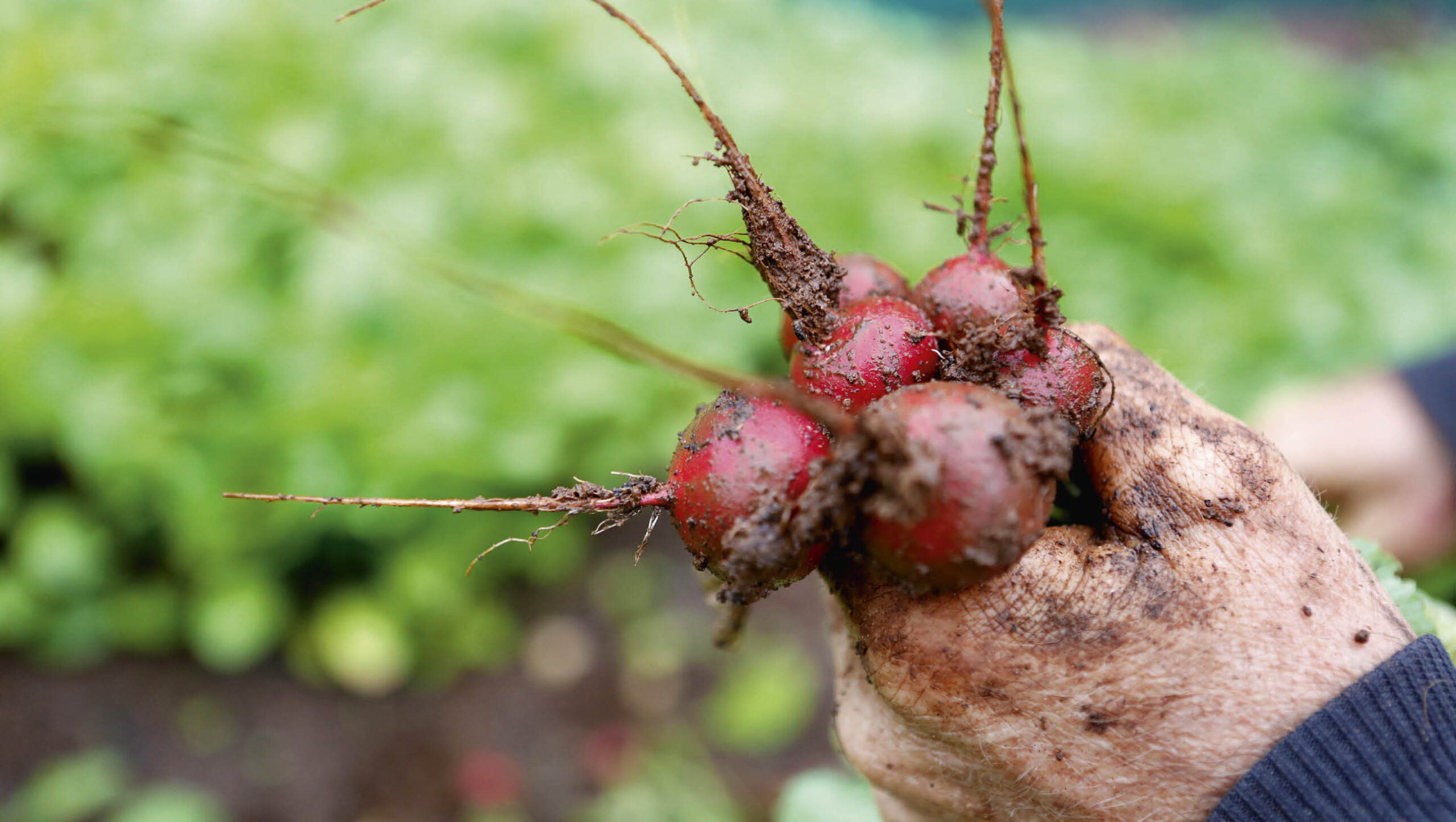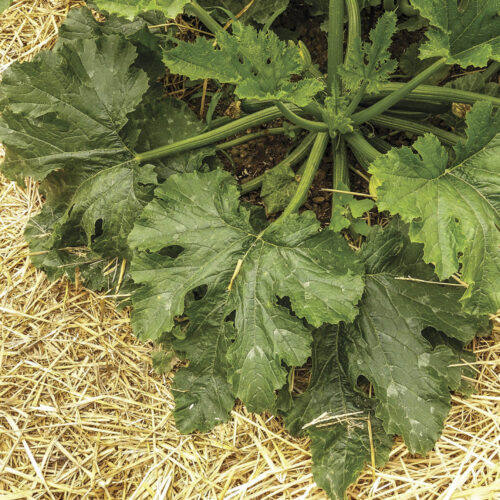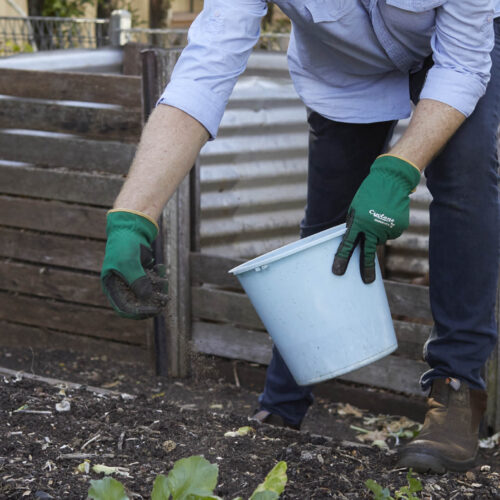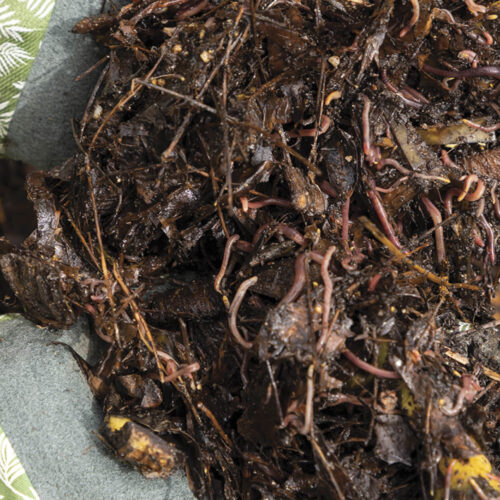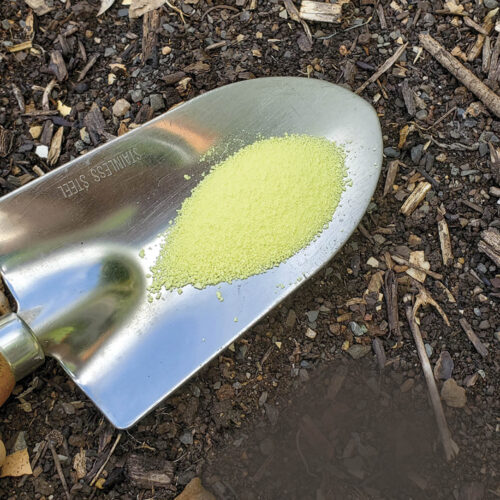Start with your soil
2022-01-31T04:36:01+11:00
Early autumn is a good time to take a close look at your soil and do some prep work for your new crops, writes Penny Woodward.
If your soil is a living active biome, then your plants will thrive. Adding organic matter is the first step. This can be mulches, manures, green manure, compost and worm castings. These all feed the soil microbes and worms.
The next step is to stop digging the soil, except when absolutely necessary. This is the new mantra of organic gardening, rather than previous ideas around religiously cultivating soil. What has been acknowledged more recently is that digging exposes the bacteria, fungi and protozoa in the soil food web to light and heat, which will kill them.
Next in the soil health plan is to increase diversity in your plantings. Different crops have roots that go down to different depths, helping to increase diversity in the soil. Leave plants where they are as long as possible, because the roots in the soil produce exudates, that include sugars, amino and organic acids. These exudates feed microbes and help to keep soil healthy.
Finally, if plants have to be removed, just cut at the soil, leaving the roots to break down in the soil, providing more organic matter and setting up easy points for water infiltration. If larger roots, of say brassicas, are left, you can usually plant around or among them.
Here’s a couple of soil additions to try:
Green manures
End of season green manures improve soil structure and nutrition, and help to deal with some pest and disease problems. Diversity of plants provide a diversity in the soil, so sow green manure plants from five different groups: chenopods (eg, spinach, quinoa, amaranth), brassicas (eg, kale, mustard, Asian greens), legumes (eg, beans, lupins, peas), cereals (oats, barley, maize) and grasses. This combination seems to increase the amount of phenolic compounds released into the soil, which cause the single-celled organisms in the soil to dramatically increase. Cut or crimp the plants before they flower and leave as mulch on the surface.
 Above: Add chenopods such as amaranth to your green manure mix to increase diversity in the soil. CREDIT: PENNY WOODWARD
Above: Add chenopods such as amaranth to your green manure mix to increase diversity in the soil. CREDIT: PENNY WOODWARD
Rock dust
Rock dust adds a range of minerals to the soil. These can include: boron, calcium, cobalt, copper, iron, magnesium, manganese, molybdenum, phosphorous, potassium and sulphur. Rock dusts are created by grinding specific rock types containing trace minerals, which break down slowly in your soil providing elements essential to plant growth. Add to garden beds, compost heaps and worm farms. Sold at garden centres and online – look for certified organic products such as Munash Rock Dust, Diggers Rock Dust, No Frills Fertilisers Rock Dust Plus.
These tips are from the Early Autumn 2022 issue (OG 131) of ABC Organic Gardener, which also has an edited extract from Paul Hawken’s book, Regeneration: Ending the climate crisis in one generation in which he outlines the importance of healthy soil for a healthy planet.

